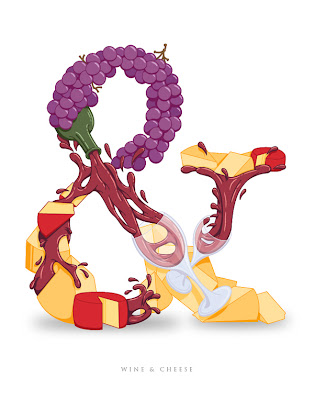Although, we might notice a portable toilet adorned in "La Gioconda," we barely stop to examine the vast amounts of visuals vying for our attention everyday. Our society has become saturated. The danger of this is that we stop noticing what is implied in these visuals, their effects, or what statements they make about the members of the society. When we let our defences down, we are open to persuasion and manipulation.
I think this is also true with food. Just like classic Renaissance paintings, food is increasingly replicated to appear real with added flavours, textures and colours. However, print advertisements, commercials and product packaging works hard to ignore this, promoting instead the value of consumption, be it cost, added nutrients or superior flavour. It is important to be aware of what we feed to ourselves as well as our friends and family. So, if before taking a class on Visual Rhetoric, I was a "label reader," I am now a "label analyst."
Taking a course on Visual Rhetoric has opened my eyes to the ways in which visuals have changed over the years and how we define different mediums of art and advertisements today. I have always loved art and the way textures, colours and ideas combine to make statements. And, although we never came to a conclusion in class about "what art is," for me, it's based on emotion. To be emotionally moved, in either a good or bad way, and be inspired to look at something more than once, makes something artistic. However, as we have discussed in class, with the advent of Photoshop and new technologies, it is hard to tell whether the visuals we are moved by are authentic or not.
In my opinion, art does not have to be deemed "authentic" by traditional terms in order to move me emotionally. However, the danger is found when we are being persuaded to act or feel in a certain way based on propagandist art that can be intentionally or unintentionally harmful. This is why I want to end my blog with this series of images:
- Danielle
Citations:
Dario, D. "Fast Food FAILS: Ads vs Reality." Bored Panda blog. 30 Aug 2010. Online. 1 Dec 2010. <http://www.boredpanda.com/fast-food-ads-vs-reality/>.
"Milan's Portable Toilet Art: Sebach Designs in Arezzo." Trendhunter blog. 2010. Online. 1 Dec 2010. <http://www.trendhunter.com/trends/portable-toilets-for-the-art-lover-in-you>.






















